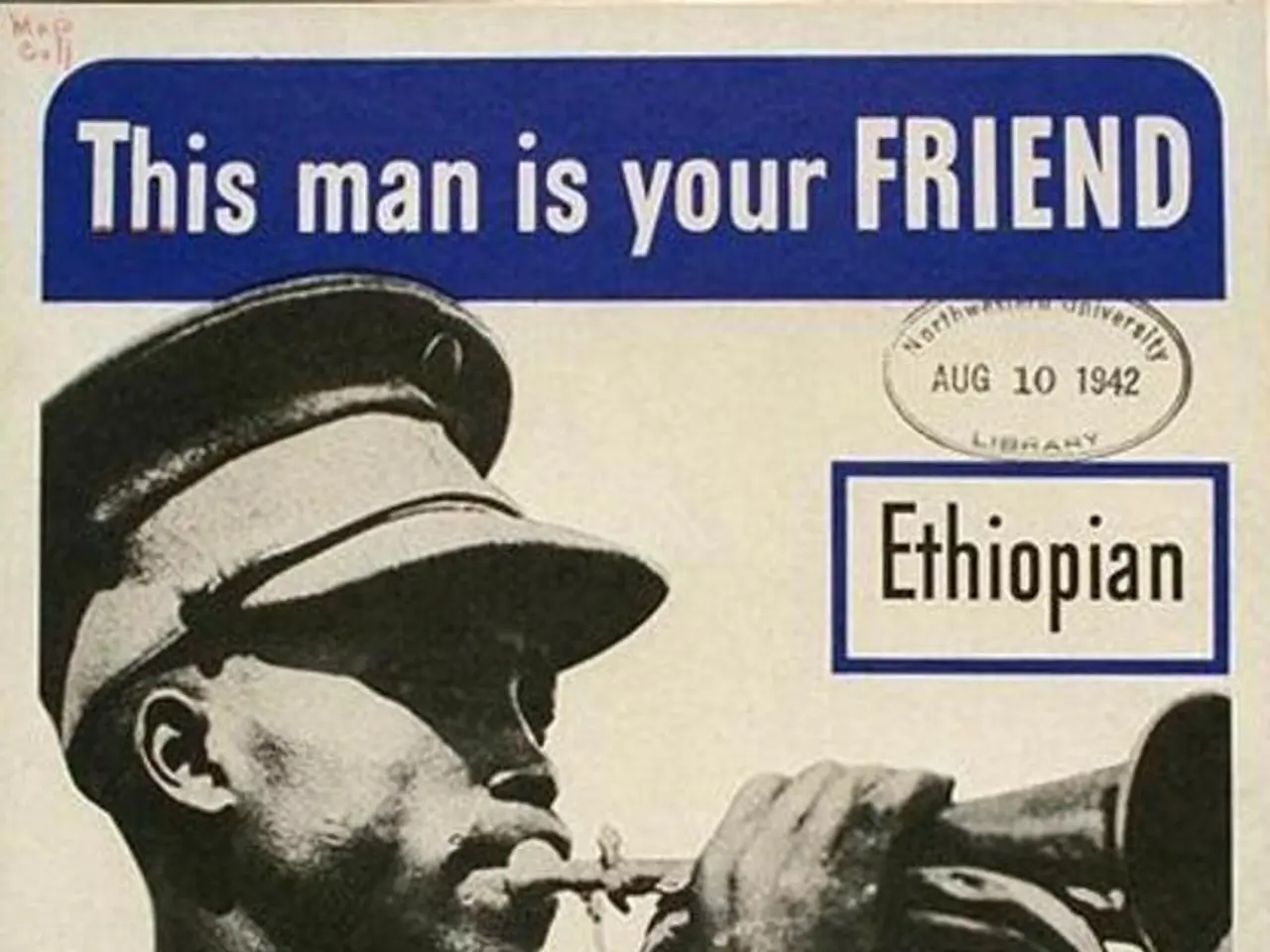Steps to Break Free from an Abusive Partner Permanently
Leaving an abusive relationship can be a challenging and potentially dangerous journey, but it's important to remember that taking the steps towards a healthier life is a positive decision.
According to recent statistics, approximately 10 million people in the United States are affected by family and domestic health violence every year. If you find yourself in an abusive relationship, know that you're not alone.
One of the most common reasons people stay in abusive relationships is fear, but understanding the reasons for leaving can help. Reasons may include bonding with the partner through trauma, control, safety concerns, lack of finances or independence, lack of knowledge, lack of support, fear, shame, embarrassment, concern for children, and worry about the partner's reaction.
Trusting your intuition and making the decision to leave when ready is crucial. Creating a safety plan and building a support network can help you leave an abusive relationship and avoid going back. This may include contacting a help or shelter, bringing important items when leaving, protecting children and pets, increasing safety at work, school, church, and stores, navigating different potential scenarios with the partner, and reaching out to a local domestic violence hotline and making a safety plan with an advocate.
Local domestic violence hotlines, such as the National Domestic Violence Hotline, offer assistance in creating a safety plan, case management, therapy, legal advocacy, and other helpful resources. Support groups, organizations, and connecting with other survivors can offer comfort and support during this time.
Individual therapy can help strengthen relationships, set boundaries, and better understand the dynamics of domestic violence. Establishing financial independence, including personal income, savings, and credit, can improve your chances of staying away from an abusive partner. Increased financial and housing security can reduce the risk of intimate partner violence.
Knowledge about common patterns of abuse and types of abusive behaviors is empowering in breaking the cycle of violence. Intimate partner abuse impacts people of all genders, races, and ages in the United States. There are certain red flags and types of abuse to look out for in a relationship, such as isolation, control, manipulation, gaslighting, violence, and obsession.
Remember, leaving an abusive relationship is not "quitting," but a decision for a healthier life. Prioritizing your own well-being is crucial when leaving an unhealthy relationship. Self-care is recommended during this time for personal growth and healing. Writing yourself a note about why you chose to leave the relationship and why it's important not to go back can serve as a reminder of why the relationship is unhealthy and reconnection is not the best (or safest) idea.
If you or someone you know is in an abusive relationship, reach out to the National Domestic Violence Hotline at 1-800-799-7233 for support and resources. You deserve a life free from violence.
Read also:
- Understanding Hemorrhagic Gastroenteritis: Key Facts
- Stopping Osteoporosis Treatment: Timeline Considerations
- Tobacco industry's suggested changes on a legislative modification are disregarded by health journalists
- Expanded Community Health Involvement by CK Birla Hospitals, Jaipur, Maintained Through Consistent Outreach Programs Across Rajasthan








